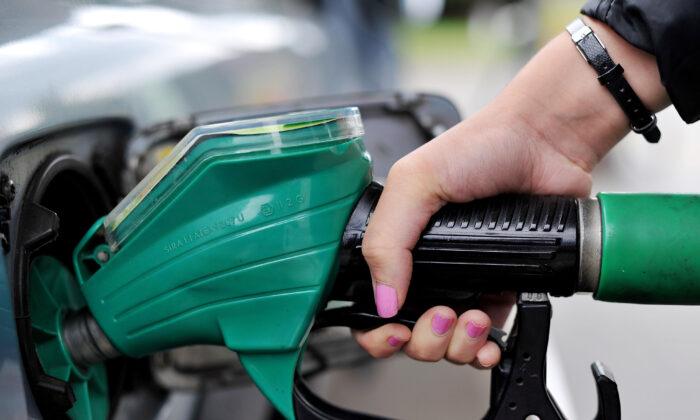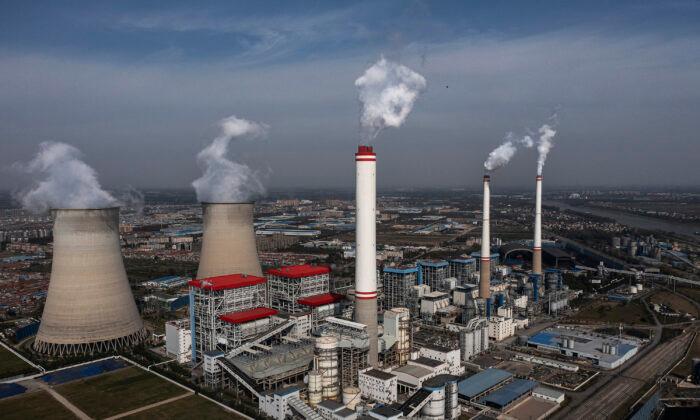The surge of global oil prices is showing no sign of subsiding as political tensions escalate between Russia and Ukraine, further hitting the wallets of Australian motorists.
If sanctions are placed on Russia, which supplies more than 10 percent of the world’s oil, it will put heavy pressure on global supply.
Ben Cleary, portfolio manager of the Tribeca Natural Resources Fund, said $100 oil was “almost consensus.”
The persistent rise in global oil prices is pushing up petrol prices in Australia, further driving up inflation.
Further, the weekly average retail petrol price surpassed 180 cents per litre in five capital cities: Melbourne, Brisbane, Perth, Hobart, and Darwin.
It also warned that the Organisation of the Petroleum Exporting Countries’ (OPEC) “chronic underperformance” in supply was putting further upward pressure on world oil prices.
“Global oil stocks at multi-year lows and dwindling OPEC+ spare capacity have left the market with only a small cushion,” the IEA February Oil Market Report said.
While nations outside of the OPEC alliance have been rapidly increasing production, IEA notes the shortfall of global supply is expected to deepen as some OPEC nations struggle with production constraints.





